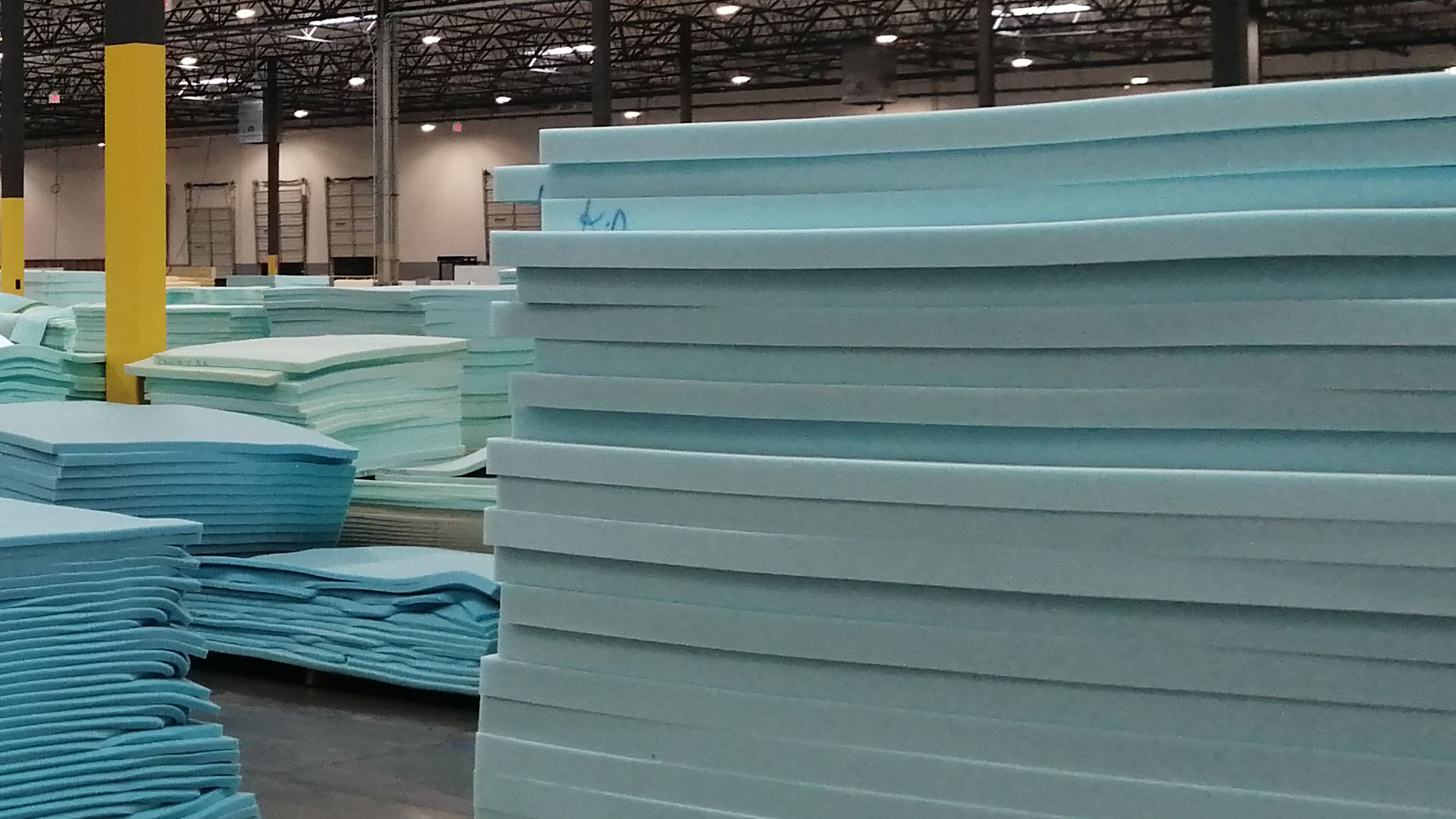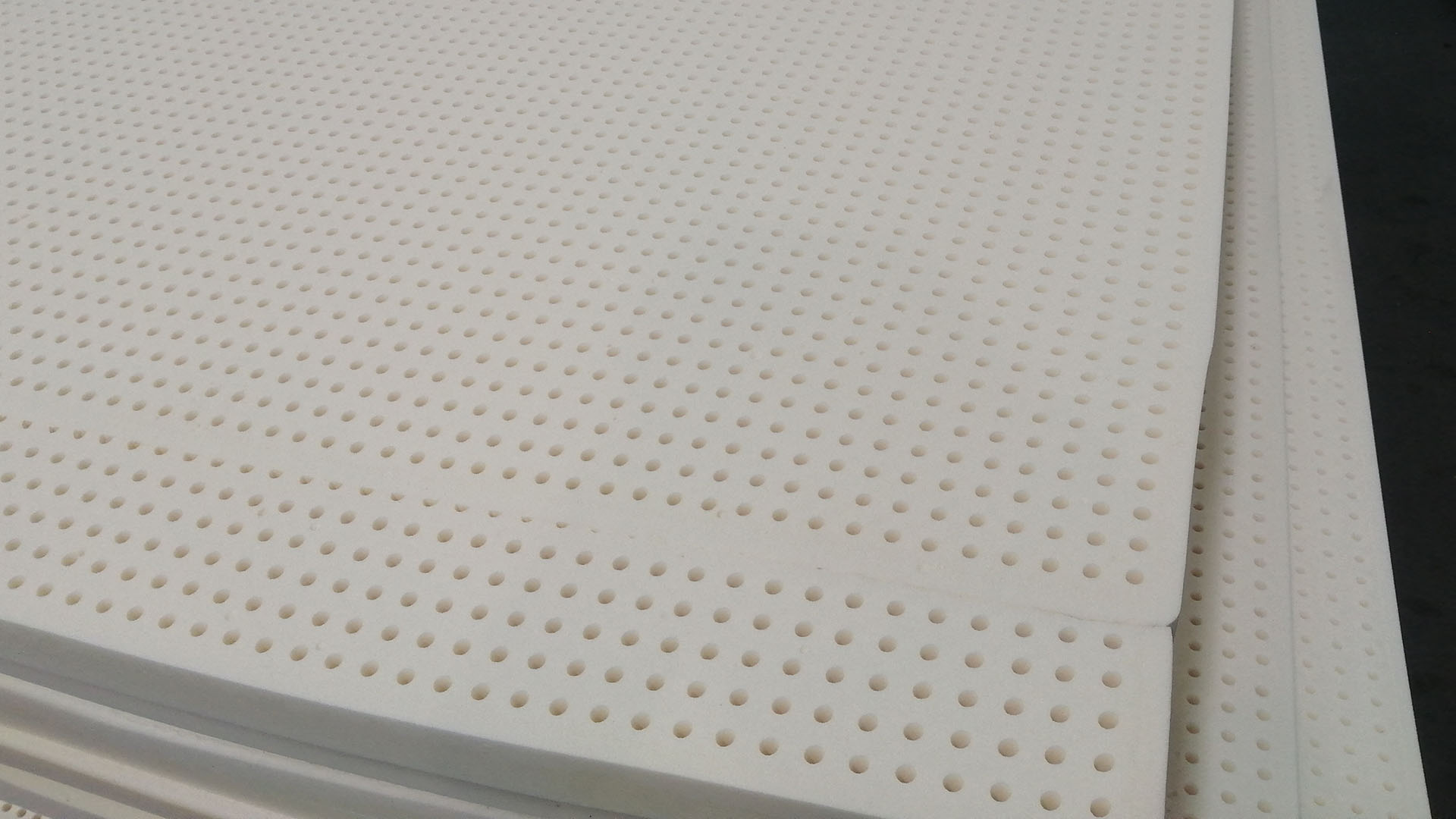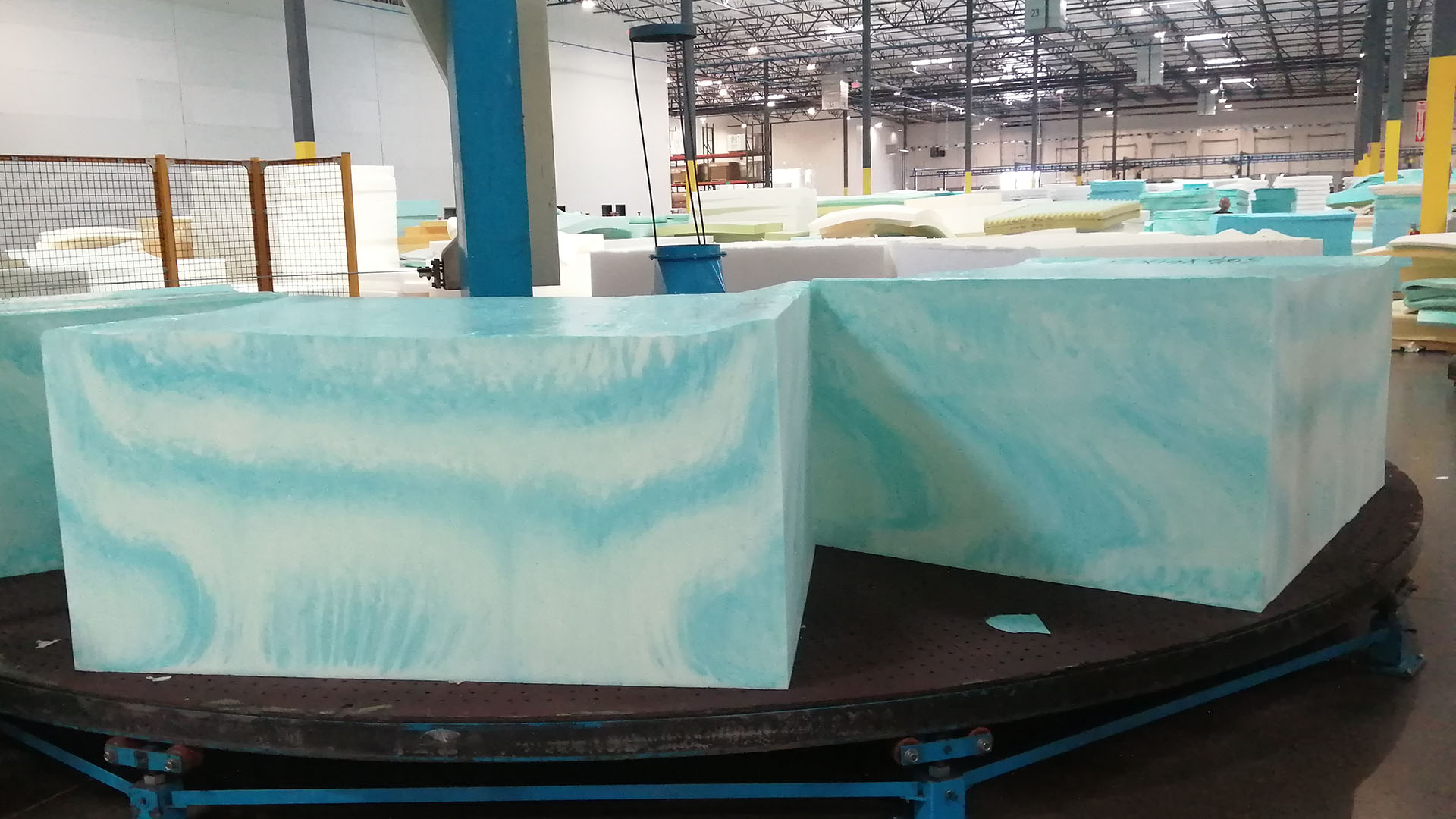Mattress jargon-buster: all the different foam types explained
Struggling to make sense of the kinds of foam used in mattresses? This guide runs down the different types

If you're looking for a new mattress, one early hurdle you'll face is the variety of terms brands use to describe the materials that make up their mattresses. The models in our best mattress guide all feature layers of foams, but the brands will call them different things – there's no real standardization.
If you're wanting to gain some sense of how different mattresses compare to one another, it's helpful to be aware of the categories of foams, and broadly what to expect from each type. This guide is here to fill you in on just that – with expert insights from Tim Dilworth, a retail and manufacturing exec with six years' experience in the mattress industry.
Comfort foam
This is the umbrella term for any foam that sits near the top of a mattress and is responsible for defining the sleep feel. It's better quality and focused on comfort, as opposed to base/transition foam, which is focused on function.
Memory foam
Memory foam is a category of comfort foam. It's typically high quality, denser foam (look for 2.5lb or higher). There's no official rule for what defines a memory foam, but usually it will have a slow-response, sink-in, conforming feel. Head to our best memory foam mattress ranking for our top picks in this category.
3Z Brands, which incorporates major brands like Helix, Leesa and Brooklyn Bedding, has a sub-category of memory foam that's ultra squishy – Tim describes it as having a 'pneumatic' feel. "So really, really squishy, you know, really dense," says Tim. "A little of that can go a long way in sort of giving your bed an even more supportive conforming, luxurious feel."
Gel memory foam
Sometimes memory foam will be infused with gel, with aims of boosting temperature regulation. In theory, the gel beads absorb your body's heat and move it away, but in reality, the impact to the sleep feel is likely to be very minimal. The same goes for other foam infusions – charcoal and copper are two popular examples.
Latex foam
Latex is high quality, very durable and very springy, creating a kind of weightless feel for the sleeper. Latex foam is used in pretty much all of today's best organic mattresses as a natural alternative to memory foam – although do note that latex doesn't necessarily have to be natural, it might be synthetic, or a blend.
Sign up to get the BEST of Tom's Guide direct to your inbox.
Get instant access to breaking news, the hottest reviews, great deals and helpful tips.
The exact sleep feel will be affected by whether talalay or dunlop latex. These terms refer to how the latex is made, but broadly talalay latex is less dense, softer and more uniform, and would typically be used in the upper comfort layers of a mattress. Dunlop latex is denser, slightly lower quality and more durable, and is might be used as a base or transition layer.

Base / transition foam
The other category alongside comfort foam. This foam is functional rather than comfort-focused, so would be the kind used at the base of a mattress, or above or below coils as a transition layer.
This is Tim's term for your kind of run-of-the-mill conventional foam. "It doesn't have those chemicals in it that give it sort of those more luxurious qualities, but it does the job as far as it's soft, and it's comfortable." Typically you wouldn't find that kind of foam at the top of a mattress, although that might be the case on a budget or entry-level model for a different brand.
The exact feel will vary based on the job it needs to do. "We've got probably five or six different firmness levels of that foam that get spread across all of our brands that are used as those transition / base layers," says Tim.
Fast-response foam
This is an alternative to memory foam for people who don't want that body-conforming feel. It's still dense and high-quality, but it's springier. There's not such an established name for this kind of foam, but for some of 3Z Brands' brands it's referred to as a latex-alternative (this is the case with the Helix mattress lineup), and other companies might still refer to it as a memory foam.
"We have a fast-response, high-end foam," elaborates Tim. "A lot of the same raw materials that go into memory foam go into it, and it's got a great supportive feel, but you don't feel like you're sinking into it."

Open cell foam
You'll often come across the term 'open cell' in relation to foams, alongside claims that this means the foam is cooler and more breathable. In fact, this is a bit deceptive – all mattress foams are open cell.
"If you buy an expensive product, and it comes cased in that really hard foam in a box, that would be closed cell foam," explains Tim. "Nobody uses that in beds... It's a little bit of a misnomer in my mind."

Tim is a Retail and Manufacturing Executive based in Phoenix, AZ. As Chief Operating Officer at 3Z Brands, he leads the Product Development and Marketing of sleep products for leading bed brands including Helix and Brooklyn Bedding.

Ruth is currently Homes Editor on Tom's Guide's sister site TechRadar, where she reviews and writes about everything from air fryers to vacuum cleaners to coffee machines, as well as the latest smart home gadgets. Prior to making the shift to Homes, Ruth was Tom's Guide's Sleep Editor. A certified Sleep Science Coach, she has tested more mattresses than her small flat can handle and will talk at length about them to anyone who shows even a passing interest.
